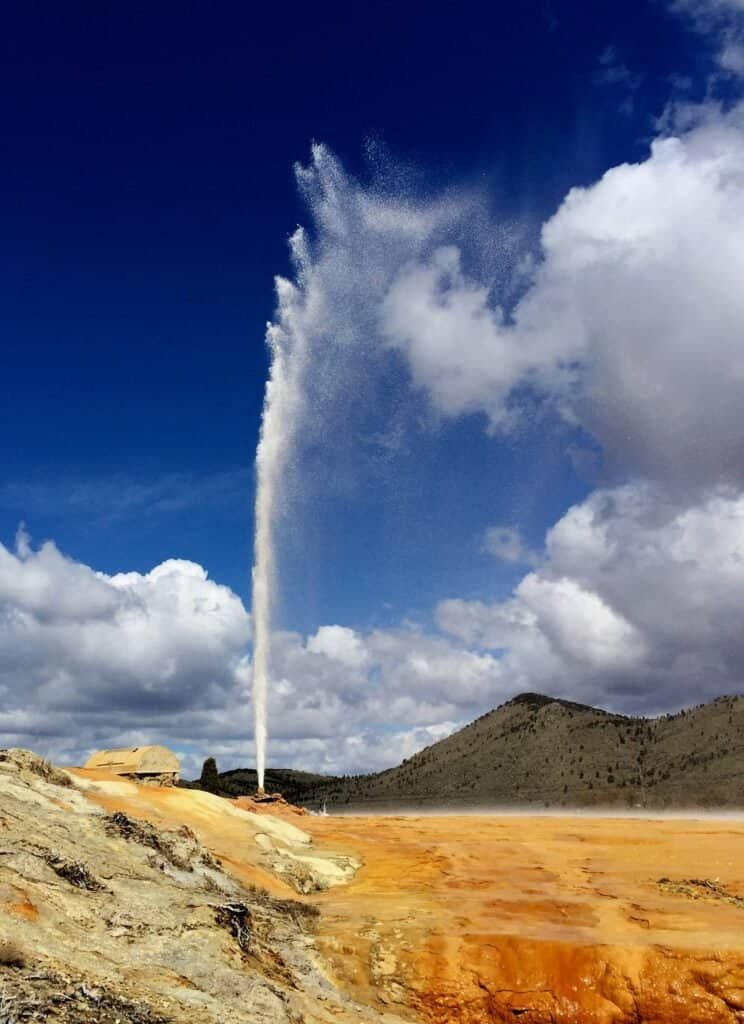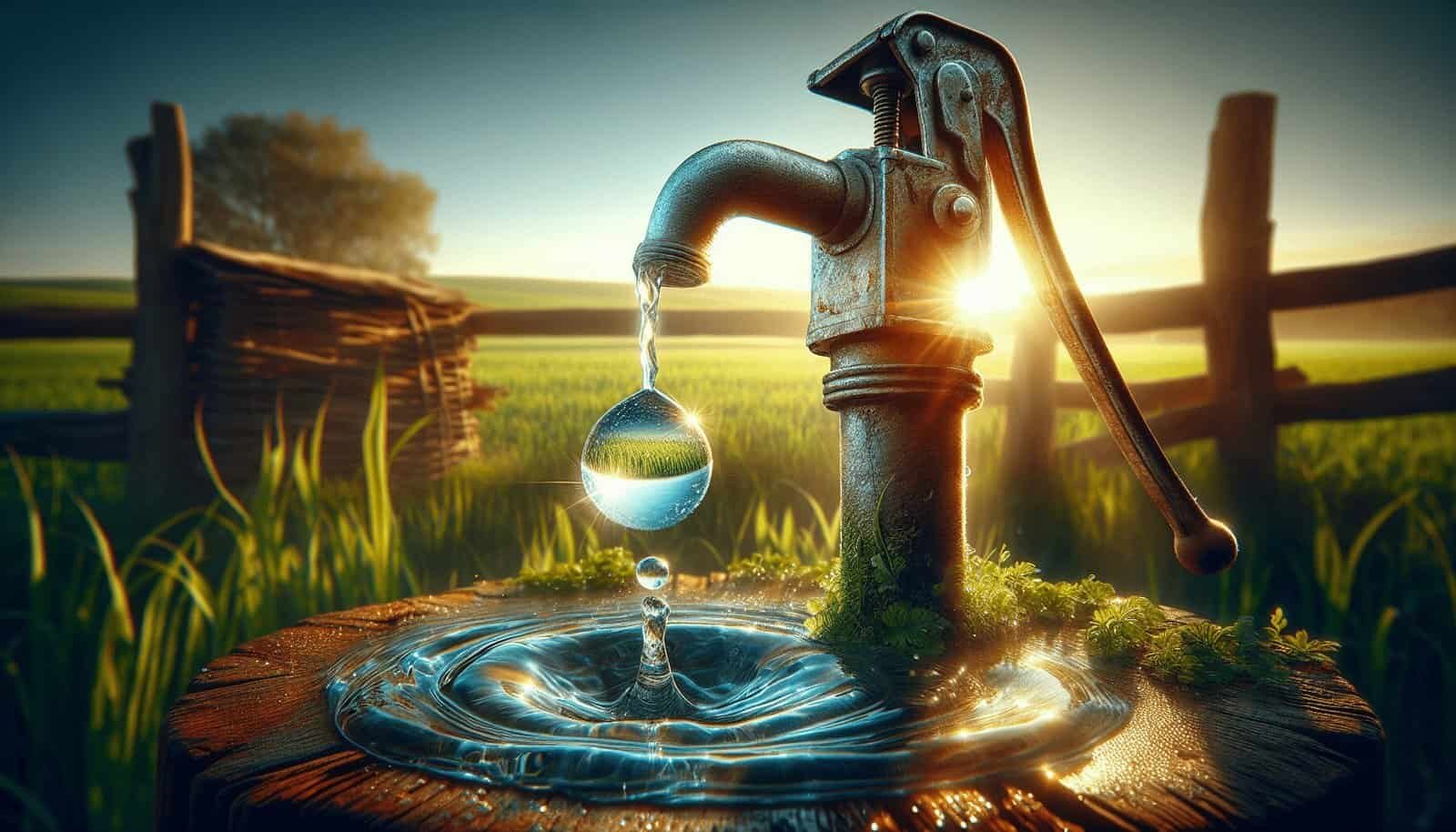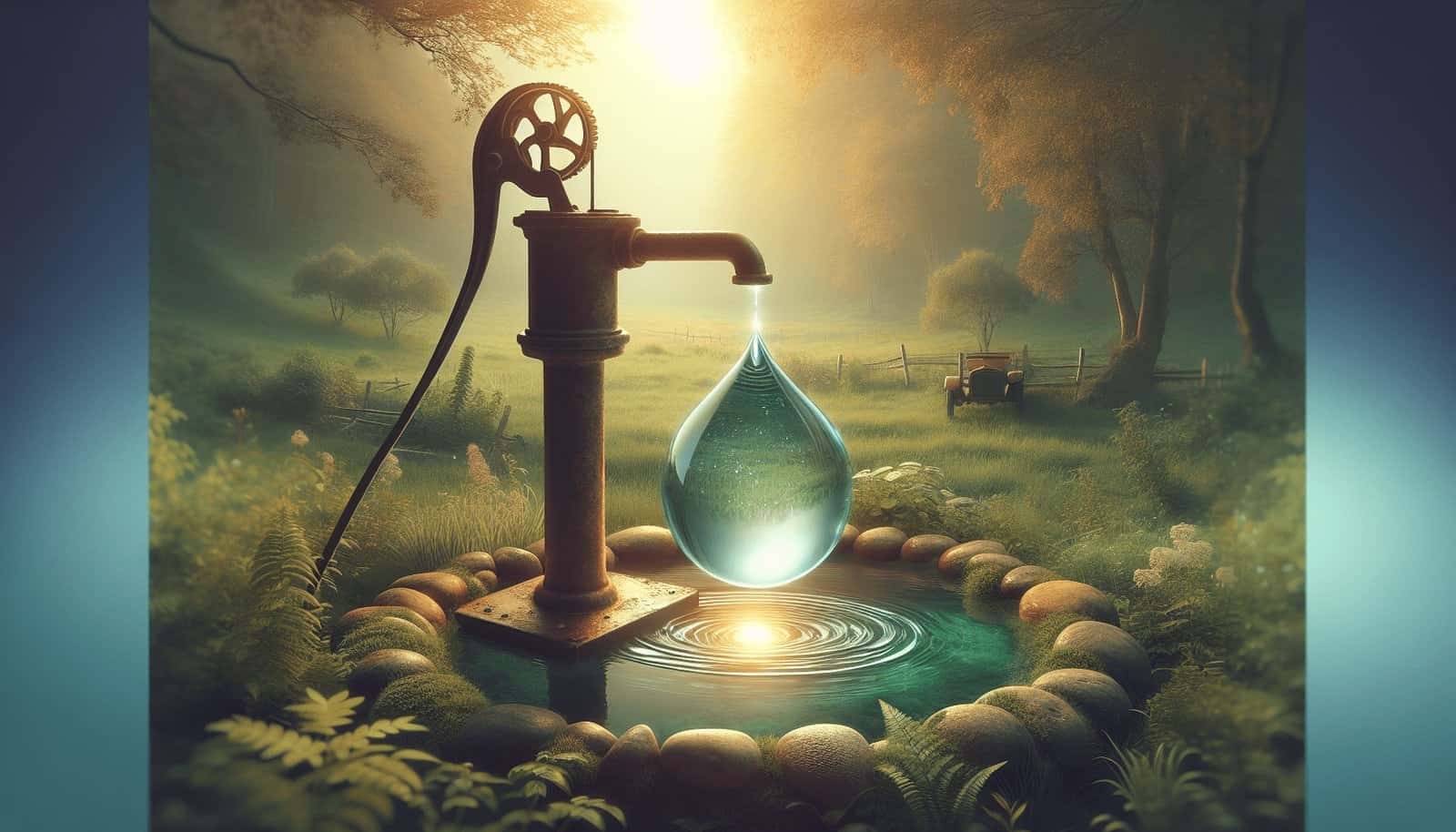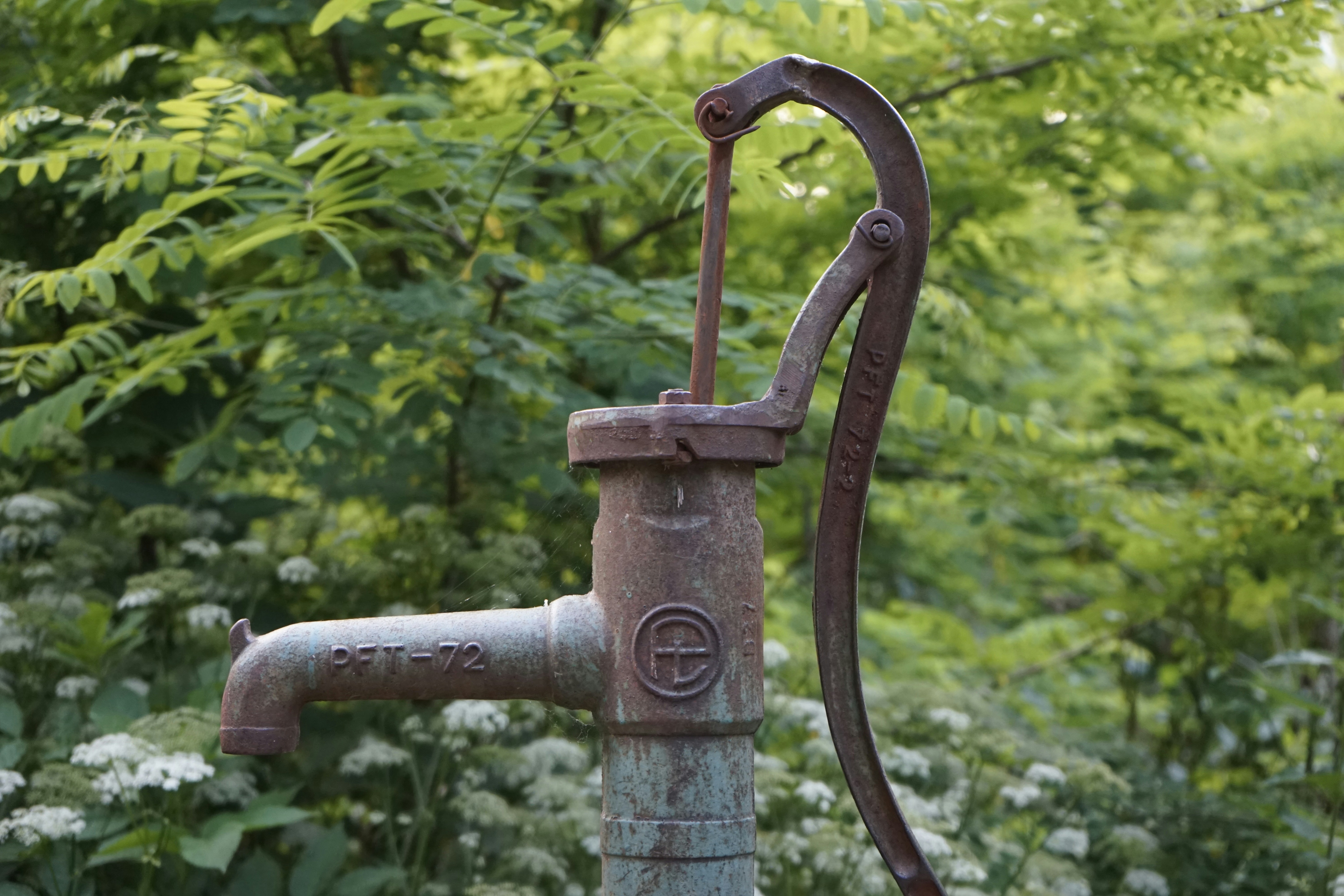Have you ever wondered about the quality of your well water and whether it’s truly safe for you and your family? Well water quality is a topic of importance, especially for those who rely on private wells for their water supply. Understanding what well water quality entails and how you can ensure your water is safe involves looking into its various aspects and contaminants. Whether you’re new to the concept of well water or looking for ways to maintain or improve your water quality, this article is here to help guide you through.
Understanding Well Water Quality
When it comes to well water, quality can vary significantly, depending on several factors such as location, environmental conditions, and maintenance of the well. The term “well water quality” refers to the safety and drinkability of the water that comes from an underground well. It’s essential to evaluate well water for a range of potential contaminants, from microorganisms to chemical substances.
Why Is Well Water Quality Important?
Safe drinking water is crucial for health and well-being. If your well water contains harmful contaminants, it can pose health risks ranging from mild stomach discomfort to severe illnesses. Moreover, good water quality is not just about safety; it’s also about ensuring the water tastes and smells pleasant, which makes it more enjoyable to use in everyday life.
Types of Contaminants in Well Water
Well water can often contain a variety of contaminants, which may be naturally occurring or result from human activities. Understanding these contaminants is a primary step in assessing well water quality.
Microbial Contaminants
Microbial contaminants include bacteria, viruses, and parasites that can lead to illnesses if ingested. Common examples include E.coli and coliform bacteria, which are indicators of contamination from human or animal waste.
Chemical Contaminants
Chemical contaminants can come from both natural sources and human activities. They include:
- Nitrates: Usually enter the water through fertilizers, septic systems, or manure storage and can be harmful, particularly for infants.
- Heavy metals: Such as lead and arsenic, which can leach into water from natural deposits or through industrial processes.
- Pesticides: Runoff from agricultural areas can introduce pesticides into the groundwater.
Radiological Contaminants
These contaminants, such as radon and uranium, naturally occur in certain geological areas. They can pose significant health risks with prolonged exposure.
How Can You Test Your Well Water?
Testing your well water is the most reliable way to know what’s in it. Since well water isn’t regulated by the Environmental Protection Agency (EPA), the responsibility of regular testing falls on you.
Types of Tests
Regular testing of your well is crucial to ensure water quality. Here are different types of tests you can perform:
- Bacteriological Tests: Test for coliform bacteria, which indicates the presence of harmful microbes.
- Chemical Analysis: Check for nitrates, nitrites, and other chemical contaminants.
- Radon and Uranium Testing: Especially in areas known for higher natural occurrences.
Home Testing Kits
Home test kits are available for many common well water contaminants. These kits provide a convenient and relatively affordable option for initial testing. However, while they can be useful for basic monitoring, they may not be as comprehensive as laboratory testing.
Laboratory Testing
For a more thorough analysis, consider sending a sample to a certified laboratory. Laboratories can provide detailed analyses that cover a wide range of potential contaminants and offer more precise results.
How Often Should You Test?
Regular testing is important for maintaining water quality. It’s recommended to test once a year for bacteria and nitrates. You should also test after any major construction or changes to your well or after experiencing unusual taste, smell, or color in your water.

Improving Well Water Quality
If tests show that your well water is contaminated, there are several methods to improve its quality.
Regular Maintenance and Inspection
Regular maintenance is key to preventing contamination. This includes inspecting the well cap and casing, ensuring no cracks or damage, and keeping the area around your well clean and free of pollutants.
Water Treatment Options
Depending on your specific water quality issue, different treatment methods can be employed. Some of these include:
- Filtration Systems: To remove sediments, harmful chemicals, and pathogens.
- Water Softeners: To tackle hard water issues caused by high mineral content.
- Disinfection Systems: Such as chlorination or UV treatment, to eliminate microbial contaminants.
Preventive Measures
Preventing contamination from the start is always better than treating it after the fact. Ensure proper disposal of chemicals, use fertilizers sparingly, and keep septic systems functioning efficiently.

Knowing When to Get Professional Help
While there’s much you can do to manage well water quality, sometimes professional intervention is necessary. If contaminants persist or if you’re unsure how to address them, consult with a water quality specialist. They can provide targeted solutions and recommend the most effective treatment systems tailored to your needs.

Conclusion
Understanding and maintaining the quality of your well water is crucial for ensuring that it is safe to drink and use. With proper testing, maintenance, and treatment, you can enjoy peace of mind and a healthier living environment. Whether through home kits or professional services, staying informed and proactive is key to managing your well water quality. Always remember, safe water is not just a necessity but a foundation for a quality life.


